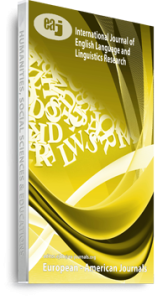The theories of Houdini reinforced by Doctorow’s varied use of the world-theater analogy in Ragtime help us understand the novel, which reviews the most significant and dramatic events in America’s last hundred years or so. These events have affected the life of Doctorow’s characters so profoundly that different types of personas emerged. To understand the nature of these personas and their acting roles, I will classify them into four main groups: first, those have established themselves in history books as absolute first personas, the playwrights who submit all people to their wishes, like Henry Ford and J. P. Morgan. Second, people like Houdini, Coalhouse Walker, Mother’s Younger Brother, Father, and Nesbit, who try to boost their own roles and be great actors but finish up with very modest accomplishments. The third group of characters, represented by Father and Mother’s Younger Brother, are pure models of the neglected personas. And the fourth group which includes the Boy and his Mother and Tateh and his daughter have undergone paths which fundamentally bear witness to the ease with which Houdini’s theory can be worked. In addition, I will study how the acting motif is strewn in the narrative technique.
Keywords: Modern American fiction; Jewish American fiction; E. L. Doctorow; Ragtime; Criticism; Personas.

